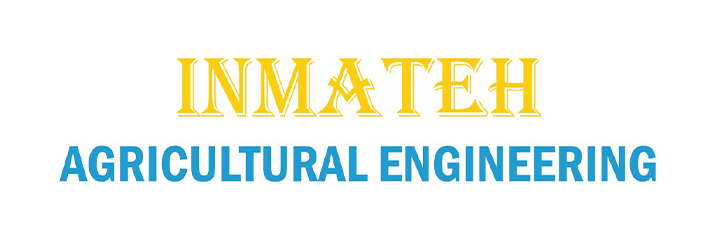OPTIMIZATION OF VERTICAL ROTARY TILLAGE BLADE PARAMETERS FOR SALINE-ALKALI LAND IMPROVEMENT
面向盐碱地改良的立式旋耕刀结构参数优化
DOI : https://doi.org/10.35633/inmateh-76-101
Authors
Abstract
To address the limitations of conventional tillage machinery in compacted, high–viscosity saline–alkali lands, this study designed a vertical rotary tiller tool structure suitable for deep fragmentation operations in saline-alkali lands, aiming to improve soil fragmentation efficiency and reduce operational resistance. Employing orthogonal experiments and response surface methodology (RSM), this study established a quadratic regression model correlating soil fragmentation rate and blade force, utilizing the tool camber angle, blade inclination angle, and internal bending angle as key variables. On this basis, a kinematic model of the cutting tool was constructed, and the correlation between the speed ratio and operating conditions was elucidated. Based on the EDEM simulation platform, the dynamic characteristics of cutting force, torque, particle flow velocity, and particle force during one complete rotation of the cutting tool in saline–alkali land were simulated and analyzed. Results indicated that the tool camber angle and internal bending angle exerted the most significant influence on operational effectiveness, with a notable interaction effect observed between them. An optimal parameter combination was ultimately derived through optimization: camber angle of 8.06°, blade–inclination angle of 7.48°, internal bending angle of 7.46°, resulting in a force of 2295.27 N and a soil fragmentation rate of 91.59%. The results established a theoretical foundation for optimizing vertical tiller blade design, while practical guidance for saline-alkali land tillage was developed through studies on soil fragmentation and energy use.
Abstract in English





